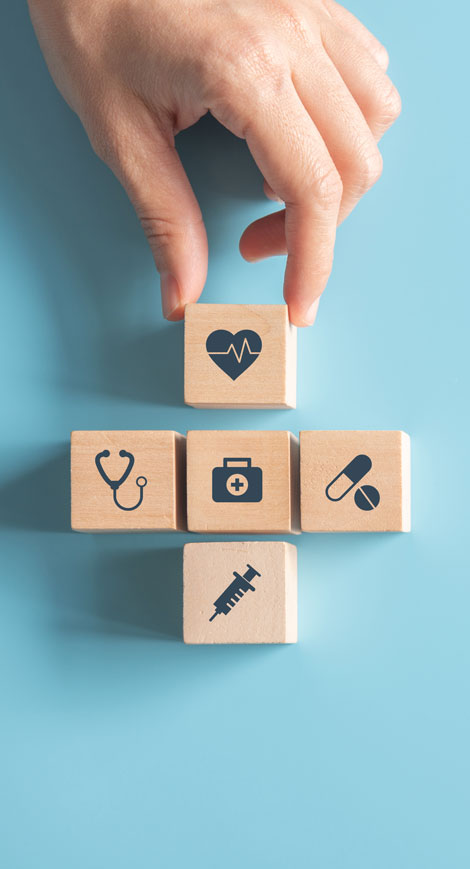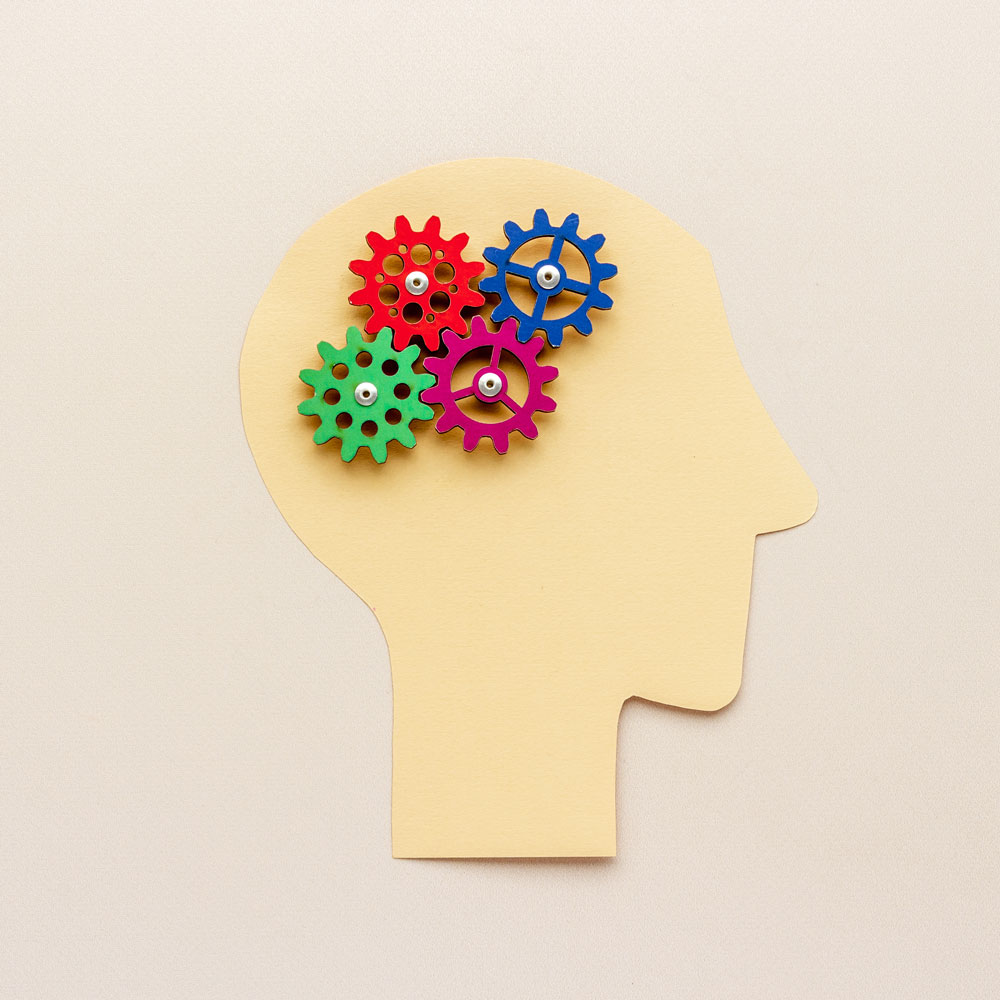The GesondheetsZentrum has moved. Discover our new address.
See moreGesondheets Zentrum
Your dedicated screening and prevention centre for individuals and professionals.
Our aim is to help you lead a healthier, more dynamic life and stay healthy for as long as possible.

What do we do?
We offer medical check-up adapted to your needs.
Nowadays a complete health check-up is the best way to limit the risk of illness and stay fit and healthy! The GesondheetsZentrum offers health check-ups at the cutting edge of preventive medicine and early diagnosis to companies that want to preserve the well-being of their employees and to private individuals who want to stay in good health.
Your preventive medical check-up can be completed individually with the following examinations:
Who is it for?
The GesondheetsZentrum services are available to anyone who wishes to take charge of his health proactively through a series of consultations, comprehensive health check-ups, disease prevention programs, nutritional advice and sports therapy, along with personalised recommendations for maintaining or improving his general well-being.
You are a company or an organisation
For employers, particularly human resources departments, who are concerned about the health of their employees. Because a company’s health depends on the health of its employees.
Read moreYou are a private individual
For those who want to maintain good health, being aware of potential risks is key to adopting a healthier lifestyle.
Read moreOur method based on preventive medicine
“Anticipate and prevent disease before it occurs, and encourage proactive health practices and regularly monitor well-being indicators.”
Discover the PROTEA program
Our health depends not only on biological factors, but is also influenced by our psyche and our behaviour.
Emotional exhaustion syndrome or burn-out affects almost one in ten employees in Europe. Two out of ten employees in the Grand Duchy feel stressed by their work, with chronic stress being the main risk factor for burn-out. Burn-out still remains difficult to identify, and is sometimes misdiagnosed or inadequately treated. The PROTEA program offers an innovative solution based on the diagnosis and treatment of burn-out without hospitalisation, but instead by interacting closely with the hospital environment.
Our current courses
Gesondheetszentrum
L-2411 Luxembourg - Cloche d’Or See on Google Maps
Secretariat
+352 263 69210Psycho & Coaching
+352 263 69230Take control of your health
Intended for patients, their families and anyone interested in health issues, the “Acteur de ma santé“-platform operates in the field of education, health and therapeutic education. Free and accessible to all, the content is written by a committee of healthcare professionals.
-
Breast cancer
Screening, diagnosis, treatment...
-
Diabetology
Type I diabetes, type II diabetes, diabetes in pregnancy...
-
Elderly people
Hospitalization after a fall...
-
Eye care
Intravitreal injections, sight, corneal donation...
-
Heart diseases
Heart disease, pacemakers, risk factors, treatments...
-
Kidney disease
Hemodialysis, transplants, nutrition...
-
Mental health
Depression, psychosis...
-
Nutrition
Tips and recipes
-
Orthopedics
Hip and knee replacements, osteoporosis...
-
Pregnancy and birth
Pregnancy, childbirth, breastfeeding...
-
Prostate cancer
Screening, treatment, living with the disease...
-
Research at LIH
Cancer, degenerative diseases, precision health...
-
Rheumatology
Arthritis, osteoarthritis, osteoporosis...
-
Women's health and well-being
Anatomy, gynecological surgery, sexuality...
-
Wou deet et wei?
Medical advances, clinical practices...










